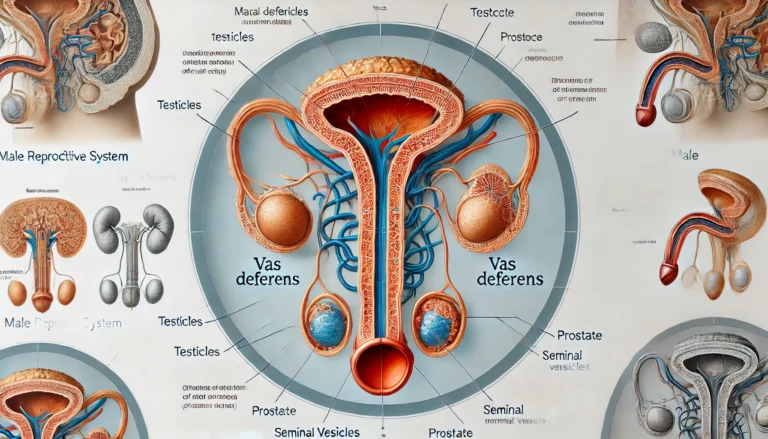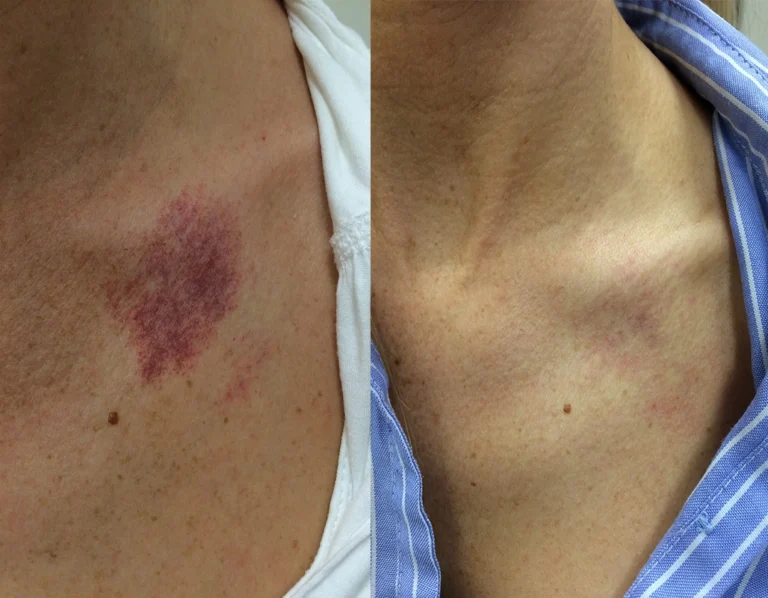Chlamydia is one of the most common sexually transmitted infections (STIs) worldwide, affecting millions of people each year. Despite its prevalence, many individuals are unaware of the symptoms, how it’s transmitted, or the potential complications if left untreated. This lack of awareness can lead to serious health issues, making it essential to understand what chlamydia is, how it spreads, and what steps you can take to protect yourself. In this article, we’ll explore chlamydia in detail, covering its causes, symptoms, diagnosis, treatment options, and prevention strategies.
1. What is Chlamydia?
Chlamydia is a bacterial infection caused by the bacterium Chlamydia trachomatis. It is primarily transmitted through sexual contact and can infect various parts of the body, including the genital area, throat, and rectum. Chlamydia is especially common among young people aged 15 to 24, but it can affect anyone who is sexually active. It’s often called a “silent” infection because many people with chlamydia do not experience noticeable symptoms, which makes it easy to spread unknowingly.
2. How is Chlamydia Transmitted?
Chlamydia spreads through sexual activities, including:
- Vaginal intercourse: Chlamydia can be transmitted between partners during vaginal sex.
- Anal sex: The bacteria can infect the rectum through anal intercourse.
- Oral sex: It is possible to contract chlamydia through oral sex, as the infection can affect the throat.
- Touching infected areas: If an infected person’s genital fluids come into contact with another person’s genitals, it can spread.
It’s important to note that chlamydia can be transmitted even if the infected person doesn’t show any symptoms. Using protection, such as condoms, greatly reduces the risk of transmission, but it’s not 100% foolproof.
3. Symptoms of Chlamydia
3.1 Symptoms in Women
- Unusual vaginal discharge: A change in color, texture, or odor may indicate an infection.
- Pain during sex: Pain or discomfort during sexual intercourse can be a sign of chlamydia.
- Burning sensation while urinating: A burning feeling during urination is a common symptom.
- Lower abdominal pain: This may be mistaken for menstrual cramps but can indicate chlamydia.
3.2 Symptoms in Men
- Penile discharge: This may be clear, white, or yellow and is often more noticeable in the morning.
- Burning sensation during urination: This is a common symptom for men with chlamydia.
- Pain and swelling in one or both testicles: Though rare, this can occur in men.
3.3 Symptoms in Both Genders
- Rectal pain or discharge: Chlamydia can infect the rectum, causing pain, bleeding, or discharge.
- Throat infection: Though less common, chlamydia can infect the throat, resulting in soreness or swelling.
Many people with chlamydia are asymptomatic, which means they don’t show any symptoms. This makes regular screening important, especially if you have multiple sexual partners or engage in unprotected sex.
4. Diagnosis and Testing for Chlamydia
4.1 How Chlamydia is Diagnosed
Chlamydia can be easily diagnosed through several tests:
- Urine test: A sample of urine is tested for the presence of chlamydia bacteria.
- Swab test: A healthcare provider may take a swab of the affected area, such as the cervix, urethra, rectum, or throat, for testing.
4.2 Who Should Get Tested?
- Anyone who is sexually active, especially those under 25 years old.
- Individuals with multiple sexual partners.
- Anyone with symptoms of an STI.
- Pregnant women, as chlamydia can affect pregnancy and childbirth.
Testing is crucial because it helps detect chlamydia even when no symptoms are present, preventing the spread of the infection.
5. Treatment Options for Chlamydia
Chlamydia is a bacterial infection, which means it can be treated with antibiotics. The most common antibiotics prescribed are:
- Azithromycin: A single-dose treatment.
- Doxycycline: Taken twice daily for seven days.
5.1 Important Treatment Considerations
- Complete the full course: It’s essential to finish the entire antibiotic course, even if symptoms disappear.
- Avoid sexual activity: Refrain from sex for at least seven days after starting treatment to prevent spreading the infection.
- Get retested: It’s recommended to get retested about three months after treatment to ensure the infection is gone.
6. Complications of Untreated Chlamydia
If left untreated, chlamydia can cause serious health problems, such as:
- Pelvic Inflammatory Disease (PID) in women, leading to chronic pelvic pain, infertility, or ectopic pregnancy.
- Epididymitis in men, which can cause pain and swelling in the testicles and potentially affect fertility.
- Reactive arthritis: Both men and women can develop this painful condition affecting the joints.
Early diagnosis and treatment are crucial to prevent these complications.
7. Prevention Tips and Safe Practices
To reduce the risk of chlamydia:
- Use condoms: Always use condoms during vaginal, anal, or oral sex.
- Limit sexual partners: Reducing the number of partners can lower your risk.
- Get regular screenings: Regular STI testing helps detect chlamydia early.
- Avoid douching: This can disrupt the natural balance of bacteria and make it easier for infections to occur.
8. Chlamydia and Pregnancy
Chlamydia can pose risks during pregnancy, including premature birth or transmission of the infection to the baby during childbirth. Babies born to infected mothers can develop eye infections or pneumonia. Pregnant women should get tested for chlamydia as part of their prenatal care, and if positive, treatment is safe and effective during pregnancy.
9. How to Talk to Your Partner About Chlamydia
Discussing STIs can be challenging, but it’s essential for protecting both yourself and your partner. Here are some tips:
- Be honest and direct: Explain your diagnosis and the importance of getting tested.
- Use “I” statements: Focus on your own experiences, e.g., “I tested positive for chlamydia, and I think it’s important we both get checked.”
- Encourage testing: Suggest that both you and your partner get tested, regardless of symptoms.
10. Frequently Asked Questions About Chlamydia
Q1: Can chlamydia go away on its own?
No, chlamydia requires antibiotic treatment. Without it, the infection can cause serious complications.
Q2: Can you get chlamydia from a toilet seat?
No, chlamydia cannot survive outside the human body and isn’t transmitted through toilet seats.
Q3: How long does it take for chlamydia to show up after exposure?
Symptoms can appear within 1 to 3 weeks, but some people may not experience any symptoms at all.
Q4: Can chlamydia be cured?
Yes, with the proper antibiotic treatment, chlamydia can be completely cured.
11. Conclusion
Chlamydia is a common but easily treatable STI. The key to preventing complications is early detection, regular testing, and prompt treatment. Practicing safe sex, getting tested regularly, and having open conversations with sexual partners are crucial steps in protecting your sexual health. If you suspect you may have chlamydia or have been exposed to it, seek medical advice and get tested as soon as possible.













